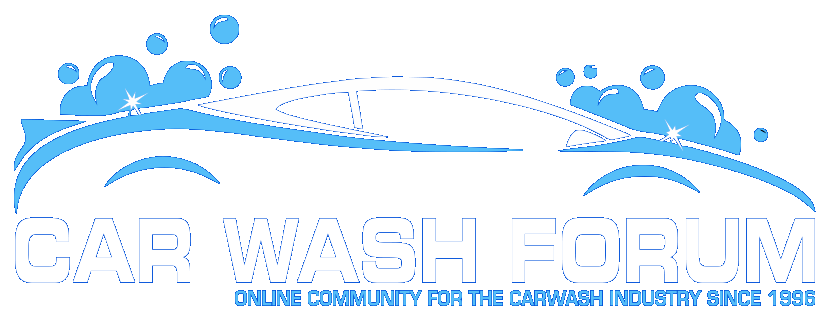robert roman
Bob Roman
Industry and consumer trends suggest traditional self-serve model is no longer sustainable.
For example, industry wash revenues for wands have dropped 69 percent since 2000. Big loss occurred in 2006/2007 due to gas prices and 2010/2011 due to recession. Industry benchmarks, census data and other sources support this.
Since 2000, benchmarks for wand price per minute increased by annual average rate of 3.5 percent while sales volumes decreased by 2.0 percent annually. Similarly, in-bay price increased by 4.2 annually while sales volumes decreased by 1.6 percent annually.
To tag numbers on this, wand average revenue increased from $2.50 to $3.60 as sales volume dropped from 30,900 to 22,900 CPY. In-bay average revenue increased from $5.28 to $8.13 as sales volumes dropped from 11,800 to 9,700 CPY.
So, overall, same store sales for self-service have remained relatively stable over the last decade but profitability has declined as operating costs have increased.
So, my question is why do most self-service operators cling to selling minutes instead of re-positioning the business when most evidence shows a significant portion of self-serve customer base is not coming back?
For example, 45 percent of households in Florida (and growing) can no longer afford basic necessities (United Way, Alice Report). Roughly half of this group equates to about 30 percent of the self-serve customer base.
I’ve lived here almost 30 years and have never seen so many dry wand bays. It seems like wands are only busy on Saturday anymore or when the tourists are here.
Since there are other formats proven successful like pay-one-price, flex-serve and express that can be implemented, what is the biggest challenge a self-serve owner faces in re-positioning a store?
Is it a lack of capital, the cost of capital, investment risk, management or marketing skills, some other challenge?
For example, industry wash revenues for wands have dropped 69 percent since 2000. Big loss occurred in 2006/2007 due to gas prices and 2010/2011 due to recession. Industry benchmarks, census data and other sources support this.
Since 2000, benchmarks for wand price per minute increased by annual average rate of 3.5 percent while sales volumes decreased by 2.0 percent annually. Similarly, in-bay price increased by 4.2 annually while sales volumes decreased by 1.6 percent annually.
To tag numbers on this, wand average revenue increased from $2.50 to $3.60 as sales volume dropped from 30,900 to 22,900 CPY. In-bay average revenue increased from $5.28 to $8.13 as sales volumes dropped from 11,800 to 9,700 CPY.
So, overall, same store sales for self-service have remained relatively stable over the last decade but profitability has declined as operating costs have increased.
So, my question is why do most self-service operators cling to selling minutes instead of re-positioning the business when most evidence shows a significant portion of self-serve customer base is not coming back?
For example, 45 percent of households in Florida (and growing) can no longer afford basic necessities (United Way, Alice Report). Roughly half of this group equates to about 30 percent of the self-serve customer base.
I’ve lived here almost 30 years and have never seen so many dry wand bays. It seems like wands are only busy on Saturday anymore or when the tourists are here.
Since there are other formats proven successful like pay-one-price, flex-serve and express that can be implemented, what is the biggest challenge a self-serve owner faces in re-positioning a store?
Is it a lack of capital, the cost of capital, investment risk, management or marketing skills, some other challenge?






